Hygrometer
A hygrometer is a scientific instrument used to measure the amount of moisture or humidity in the air. It is an important tool in various fields including meteorology, agriculture, and manufacturing, as it helps in monitoring and controlling humidity levels for various purposes.
Types of Hygrometers
- Paper or Hair Hygrometers: These hygrometers use either a piece of specially treated paper or a bundle of human or animal hair to measure humidity. As the humidity of the air changes, the paper or hair expands or contracts, which is then measured to determine the relative humidity.
- Psychrometer: This type of hygrometer uses two thermometers, one of which is kept dry (dry bulb) and the other is kept moist (wet bulb). By comparing the two thermometer readings, the relative humidity can be calculated using a formula.
- Electrical Hygrometer: These hygrometers use electrical sensors to measure changes in electrical capacitance, resistance, or other properties that vary with humidity levels.
Importance of Hygrometers
Hygrometers are important for several reasons:
- They help in monitoring and controlling the humidity levels in indoor environments, such as homes, offices, and industrial settings, to ensure comfort, health, and productivity.
- In agriculture, hygrometers are used to monitor humidity levels in greenhouses, storage facilities, and crop production areas to optimize plant growth and prevent moisture-related issues.
- In meteorology, hygrometers are used to measure humidity in the atmosphere, which is crucial for weather prediction and climate studies.
Study Guide
To understand hygrometers better, consider the following study guide:
- Learn about the different types of hygrometers and how they work. Understand the principles behind paper, psychrometer, and electrical hygrometers.
- Explore the applications of hygrometers in different fields, such as meteorology, agriculture, and manufacturing.
- Understand the concept of relative humidity and how it is calculated using different types of hygrometers.
- Research the importance of maintaining optimal humidity levels in various environments and the consequences of high or low humidity.
- Conduct experiments or demonstrations using hygrometers to measure humidity in different settings and understand the practical aspects of using these instruments.
By studying these aspects of hygrometers, you'll gain a comprehensive understanding of their significance and practical applications in various fields.
[Hygrometer] Related Worksheets and Study Guides:
.◂Science Worksheets and Study Guides Third Grade. Hands-on Lab Skills/Science Inquiry - 3rd grade
Study Guide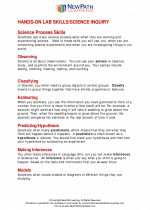 Hands-on Lab Skills/Science Inquiry - 3rd grade
Hands-on Lab Skills/Science Inquiry - 3rd grade  Worksheet/Answer key
Worksheet/Answer key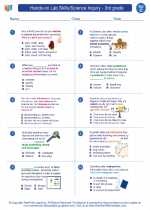 Hands-on Lab Skills/Science Inquiry - 3rd grade
Hands-on Lab Skills/Science Inquiry - 3rd grade  Worksheet/Answer key
Worksheet/Answer key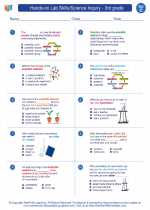 Hands-on Lab Skills/Science Inquiry - 3rd grade
Hands-on Lab Skills/Science Inquiry - 3rd grade  Worksheet/Answer key
Worksheet/Answer key Hands-on Lab Skills/Science Inquiry - 3rd grade
Hands-on Lab Skills/Science Inquiry - 3rd grade  Worksheet/Answer key
Worksheet/Answer key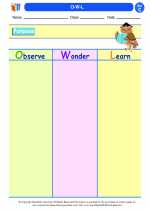 O-W-L
O-W-L  Vocabulary/Answer key
Vocabulary/Answer key Hands-on Lab Skills/Science Inquiry - 3rd grade
Hands-on Lab Skills/Science Inquiry - 3rd grade  Vocabulary/Answer key
Vocabulary/Answer key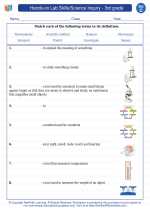 Hands-on Lab Skills/Science Inquiry - 3rd grade
Hands-on Lab Skills/Science Inquiry - 3rd grade 

 Worksheet/Answer key
Worksheet/Answer key
 Worksheet/Answer key
Worksheet/Answer key
 Worksheet/Answer key
Worksheet/Answer key
 Worksheet/Answer key
Worksheet/Answer key
 Vocabulary/Answer key
Vocabulary/Answer key
 Vocabulary/Answer key
Vocabulary/Answer key

The resources above cover the following skills:
Science as Inquiry and Process: A student should understand and be able to apply the processes and applications of scientific inquiry. A student who meets the content standard should:
Develop an understanding of the processes of science used to investigate problems, design and conduct repeatable scientific investigations, and defend scientific arguments.